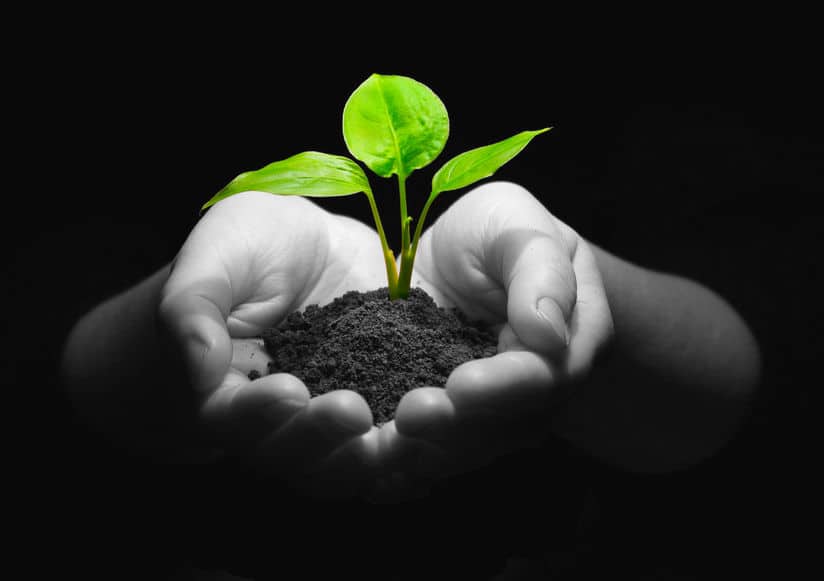— “It all started when we were in Oaxaca, down in Mexico and walked into the Impact Hub there. Someone told us they were putting an Impact Hub in Seattle. Through the Seattle Hub, I met a lot of people and got intrigued by what it means to do impact investing.”
— “I always felt like my money was on one side and my values on the other.”
Regardless of how people get involved in impact investing, the process seems to add a whole new dimension to their lives. Last night at a presentation sponsored by Social Venture Partners and the Seattle Foundation, we got to find out how people with no prior experience in impact investing are now doing just that. The major takeaways:
Aligning your investments with your values usually happens gradually over time and is a “continuum.” For instance, you might start out investing in mutual funds that invest in companies that are good corporate citizens. “Can you have an impact via public equities?” Last night, the panelists seemed to think not really. So they had also put money in private funds that invest in organizations working on things they care about. One example given was a Limited Partnership that operates internationally, and a private fund based in Vancouver, B.C. that focuses on North American startups. Global Partnerships, which we wrote about last week, is an example of a fixed-income private fund.
The next layer is direct private equity investment in social entrepreneurs. One panelist gave the example of a farming venture that operates five acres of greenhouses near San Miguel de Allende in Mexico. Their fruits and vegetables are organic, fair-trade and sold in the U.S. Part of the proceeds go to fund local schools, health care and local businesses. Another example given was a company that invests in and manages ranches in a sustainable way.
The impact investments you make depend on who you are — there is no One Way. One of the panelists pointed out that the field of impact investing has taken off in just the past four years. So there are lots more investment options available all the time in public equity, private equity, bonds and alternatives. In retrospect, he said, he wished he would have tried to find out about the “bigger picture” — in terms of asset classes and opportunities — instead of just going from one idea to the other as it presented itself.
When analyzing impact investing opportunities, it’s all about management, management and management. “Falling in love with the problem” or “liking the solution” can distract you from analyzing and assessing the skills and abilities of the management team in place. Investing in a project that is a one-person show, no matter how promising, is usually not a good idea, said the impact investors last night. Neither is investing in a project because other high-profile investors are doing it. “Me too” investing is not a valid reason to get involved. Intentionality and measurement are key.
Instead of asking “Does impact investing mean sacrificing returns?” ask this:
“Can I can get an adequate return and provide the impact I want?”; or
“How much money do my investments actually need to generate? Beyond that, how much impact can I have?”
The Seattle-area is at the forefront of impact investing. By making contacts in the local impact investing community, the people on the panel said a whole new world opened up for them. One event of interest: June 3, 2015, Fledge, located in the Seattle Impact Hub, is hosting presentations by social entrepreneurs operating in Argentina, Kenya, Nigeria, Uganda and Zambia.



